Thuong Xa Tax
A Once Icon of Saigon's Prosperity
Though the original structure was demolished in 2016, Thuong Xa Tax remains a significant part of Saigon's historical narrative.
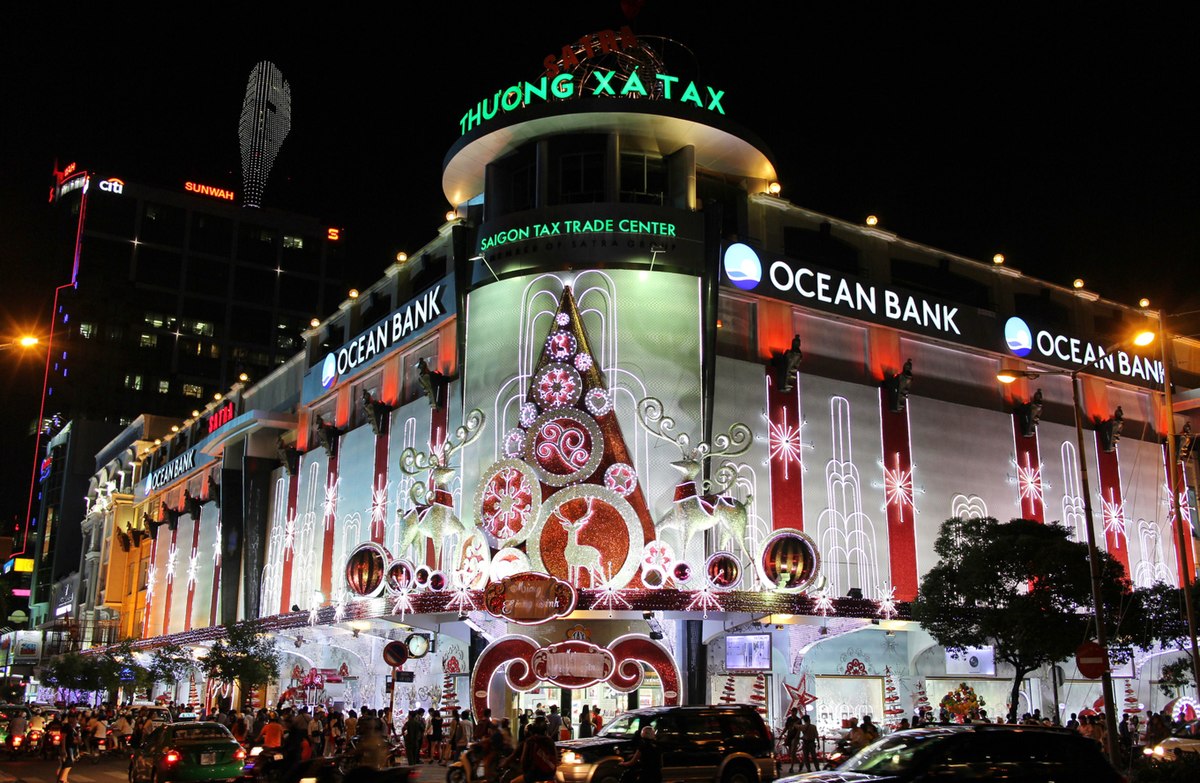 Photo: zingnews.vn
Photo: zingnews.vn
Accompanying the city through its development journey for over 140 years, Thuong Xa Tax—once one of the largest commercial centers in Saigon (now Ho Chi Minh City)—was regarded as the beating heart of the most vibrant city in Indochina.
Thuong Xa Tax - A Legacy of Saigon's Glory
Having been a staple of Saigon since the latter part of the 19th century, Thuong Xa Tax is woven into the memories of many generations, from grandparents to children. Situated at the crossroads of two famous boulevards, Le Loi and Nguyen Hue, Thuong Xa Tax set out to become the largest and most frequented commercial marketplace in Saigon—helping to awaken the economic prowess of the region.
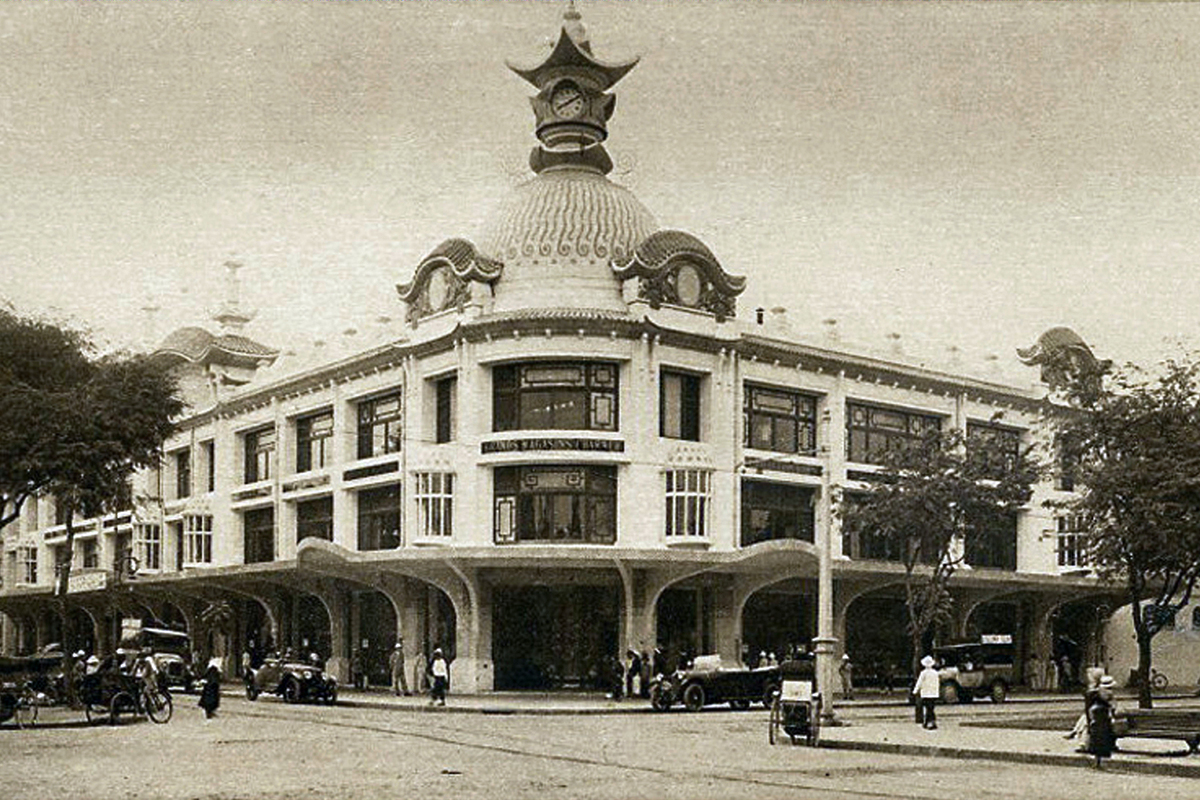 Photo: vnexpress.net
Photo: vnexpress.net
Constructed in 1880 by French architects, the building was originally named Grands Magasins Charner de Saigon (SGMCD) after the Société Coloniale des Grands Magasins selected it as a commercial site in 1914.
With the rapid urbanization of Saigon, which emerged as one of Indochina’s largest cities, the establishment quickly became the hub for importing luxury goods from Europe. In 1924, the structure underwent significant renovations, adopting an Art Deco style that elegantly fused French architecture with Asian cultural elements—both stylish and modern, marking it as a prominent architectural highlight in the city's center.
Grands Magasins Charner (GMC) was inaugurated at Thuong Xa Tax in November 1924, heralding a noteworthy event that graced the headlines of contemporary newspapers. Subsequently, the building was rebranded as GMC, heralding the dawn of a prosperous shopping center in an area ripe for commercial growth.
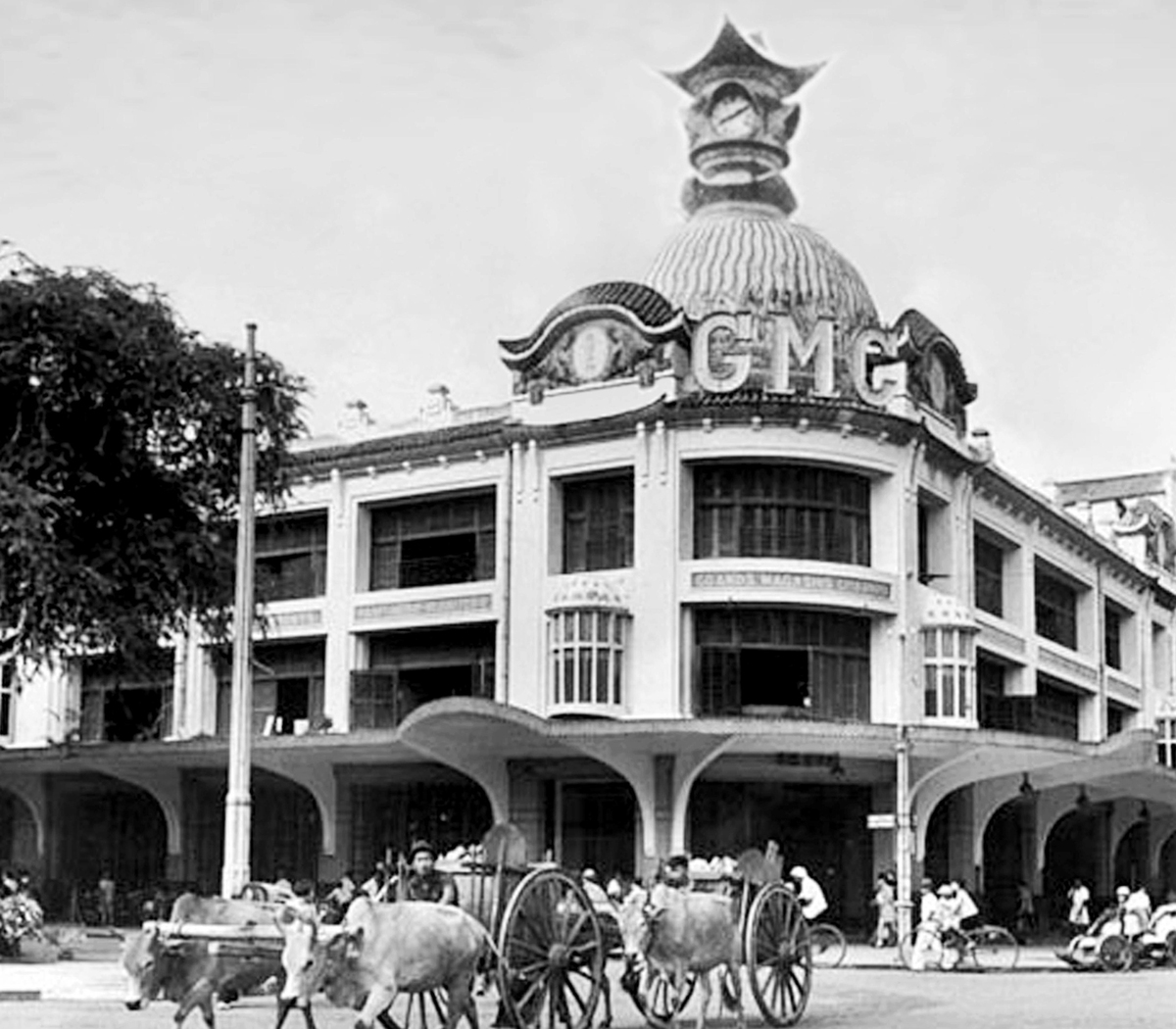
At that time, GMC proudly boasted advertisements such as “The largest store, the most items, and the best shopping center.” To attract more visitors, GMC included a tea room and an American bar, offering “Free Entrance.”
As business flourished, the facility expanded in 1942, adding a fourth floor while the clock tower was replaced by the large banner of “GMC.” By this point, the building had transformed into a bustling commercial landmark.
Later known as "Thuong Xa Tax," the building became one of Saigon's busiest shopping venues during the period from 1960 to 1970, showcasing a wide array of products, from clothing and watches to electronics from the USA, Japan, and Taiwan, thus attracting numerous international shoppers.
Following a quieter period due to the war, Thuong Xa Tax transitioned into the City Children’s Service Store, manned by enthusiastic sellers adorned with red scarves, signaling a spirited revival of the complex. Between 1980 and 1990, the merging of the City Children’s Service Store with various retail shops culminated in the establishment of the General Department Store—one of the largest stores in Vietnam at that time.
Throughout the 1990s, this venue emerged as Saigon's prime retail destination, offering a variety of goods from garments and handicrafts to luxury items. Thuong Xa Tax enjoyed its glory days, welcoming a substantial influx of both domestic and international customers.
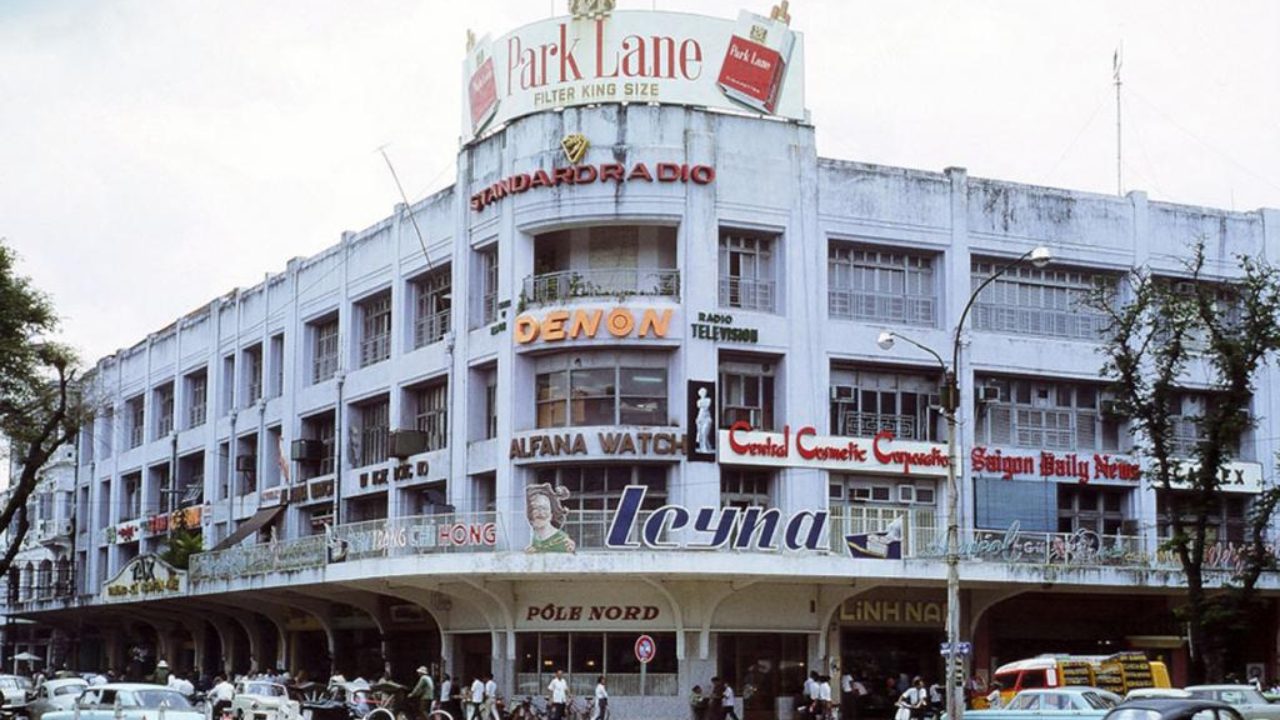 Photo: tachcaphe.com
Photo: tachcaphe.com
After numerous restorations, Thuong Xa Tax retained its distinctive French architectural features, earning a place among the top five shopping spots for Ho Chi Minh City residents.
Having been a silent witness to 140 years of dynamic change in Saigon, Thuong Xa Tax holds cherished memories for many locals while reflecting the city’s remarkable transformation.
Located at the intersection of Le Loi and Nguyen Hue and boasting unique architecture, Thuong Xa Tax played a central role in evolving Saigon's marketplace, greatly contributing to the city's economic advancement.
Thuong Xa Tax - An Enduring Symbol in the Hearts of Saigonese
Thuong Xa Tax is intricately linked to the lives and childhood experiences of many generations of Saigonese. It represents more than just a shopping center; it embodies the spirit and nostalgia of the city. Locals frequented the mall not only for shopping but also for relaxation, entertainment, enjoying music, indulging in ice cream, or sipping coffee while observing the bustling streets of the city. Ultimately, the iconic Thuong Xa Tax was officially closed in 2014 and demolished in 2016 to make way for a new architectural project.
While the need for more modern infrastructures has led to the demolition of historical buildings, the loss of such an iconic structure left many feeling melancholic about its absence.
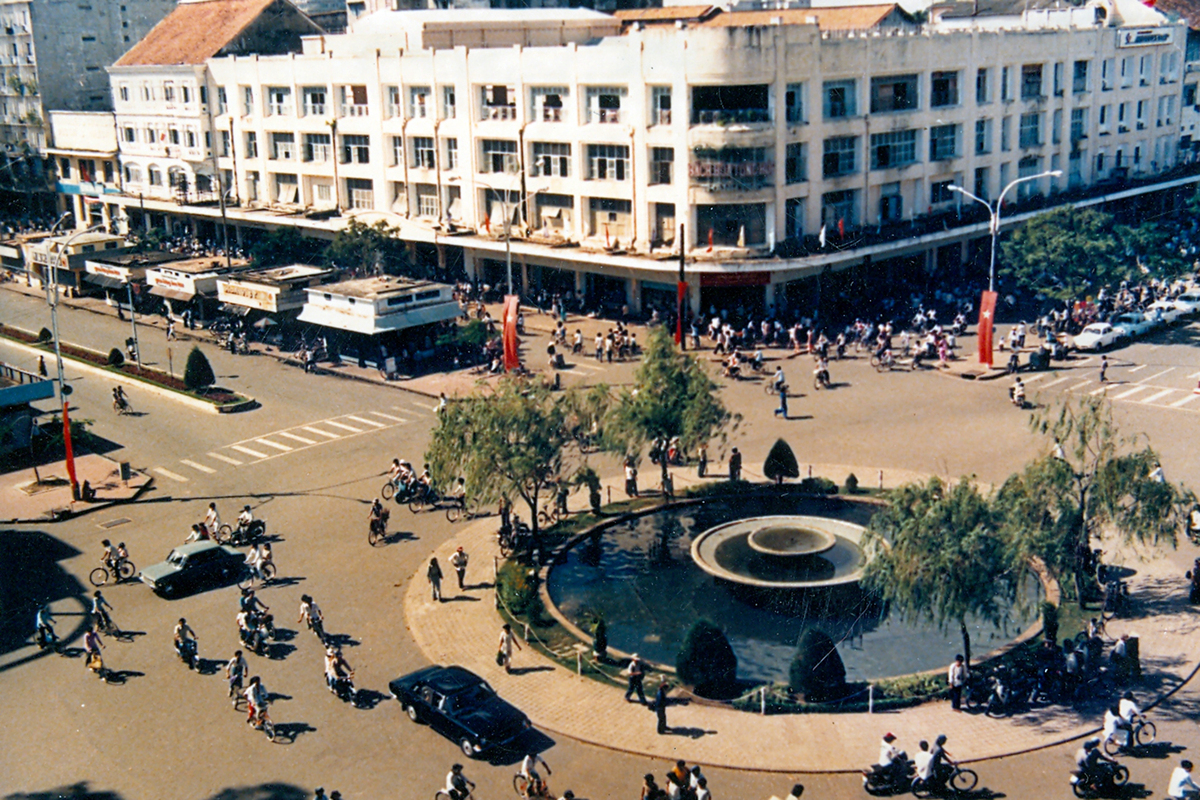 Photo: vietnamnet.vn
Photo: vietnamnet.vn
Currently, the original Thuong Xa Tax has been replaced by the Satra-Tax Plaza, which features six underground levels connected to the Ben Thanh - Suoi Tien Metro Line and rises 40 stories tall. Remarkably, to honor the legacy of the former structure, the six foundational levels were designed to preserve elements of the original Thuong Xa Tax, including the mosaic stone type and the two main staircases within the new building. This thoughtful design creates a blending of architectural styles from the past and present, ensuring that the essence of the Saigon icon is not entirely lost.
Visitors to Ho Chi Minh City may find that, although the Thuong Xa Tax building is no longer standing, its spirit can still be felt within the new complex through its harmonized design that melds European and Asian architectural influences.
Quick Facts
Address: 137 Nguyen Hue Street, Ben Nghe Ward, District 1, Ho Chi Minh City
Construction year: 1880
Demolition year: 2016
Area: 9,200 m²
Architectural style: Art Deco
Useful Information
- Location: 137 Nguyen Hue, Ho Chi Minh City
- Best for: No longer in use
- Entrance: No longer in use
- Hours: No longer in use
- Distance to city center: 9.5km (5.9 mi)
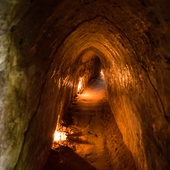
Cu Chi Tunnels
While visiting the War Remnants Museum gives you a theoretical glimpse of the Vietnam War, wandering around a small area of Cu Chi Tunnels, a popular tourist attraction in Vietnam, allows you to have real-life experiences
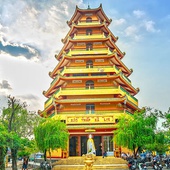
Giac Lam Pagoda
Built in 1744, Giac Lam Pagoda is one of the oldest pagodas in Ho Chi Minh city. Giac Lam Pagoda is located at 118 Lac Long Quan Street, Tan Binh District.

Saigon Central Post Office
The Central Post Office is at number 2, Paris Commune Street, District 1. This is one of the oldest buildings in Ho Chi Minh City. The Central Post Office was built around 1886 – 1891 based on Villedieu’s design, a famous French architect.








